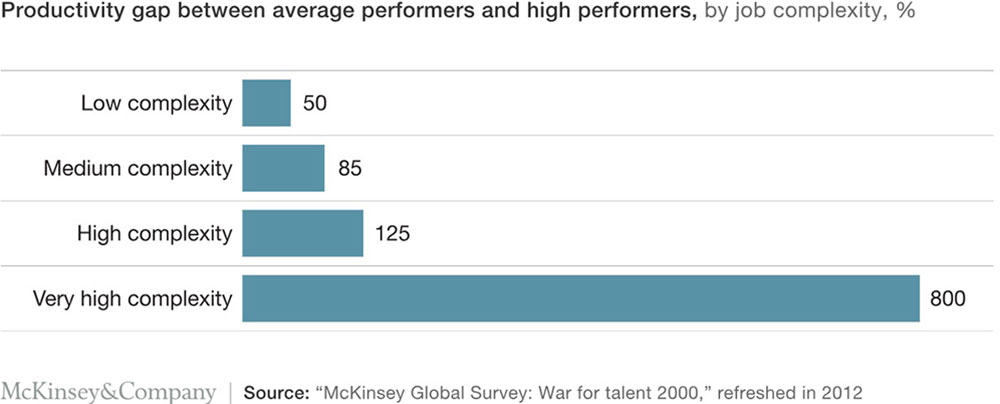Everyone wants success with their product – we crave it. What is the secret? There is no one secret but I believe there are 4 cornerstones to success. The good news is they make a nice acronym – PELT…
Process
Someone once said about the randomness of the process of finding love through traditional dating eg meeting someone special in a bar; ‘serendipity is the sign of an inefficient market’. Relying on serendipity and guesswork is also the sign of a product development process that will ultimately fail. Sure inspiration and gut instinct have a place in your product development process – but they cant be the process!
The two biggest secrets to product development success are predictability and repeatability. Is my process predictable? – or do I not know what will happen from one month to the next. We need predictability without it we cannot make the process repeatable. In the same way you have fortnightly sprints with Scrum you need a prioritised, iterative and time boxed product development process to achieve success. Your product development process simply has to be repeatable. No ifs, no buts.
You see there is no such thing as product requirements – only product guesses. Regardless of expertise or seniority – nobody knows for sure how users will react to a new feature. We need everyone in our organisation to understand our products evolution should be built on a solid disciplined process – with out it we will end up with unhappy team members and unhappy users.
Evolution vs Revolution
You have a product manager, a UX team, a development team. With a new product we can put the team to work and build something great. Version 1 of the software is not bad, Version 2 is good, Version 3 is very good, Version 4 might be the best version of the software it will ever be. Then what happens? We have expensive resource that we don’t want sitting around doing nothing. Lets launch version 5 with even more new features. The problem? There will be a point where more features doesn’t add any more value for the customer, in fact it may subtract value.
As a product manager you need to be a curator for the product. A curator at a museum chooses which pieces of Art should be included in the collection. They say “No” to many items. A building full of Art that hasn’t been carefully selected isn’t a museum, it’s a warehouse.
I have seen applications that were a “warehouse” of features in need of greater focus and “tasteful selection” for what should be included. My mission now is to find a better way to communicate the message that “less is more”. Jason Fried’s product maxim. “Our products do less than the competition”. Once your product has delivered the Revolution it now needs to enter the Evolution phase.
Linked to Business Goals
What does a low performance company look like? We know siloed teams are the biggest detriment to high performance. Equally we see another big challenge – especially as our organisation grows. Teams start to focus on whats good for the individual team – not the company as a whole. We need a way to tie department and company goals together.
Studies have shown that committing to a goal can help improve team performance. Setting challenging and specific goals can further enhance your teams engagement in attaining those goals. Google has used “Objectives and Key Results” (OKRs) to set ambitious goals and track progress since it was a 50 person company.
The main benefit here is to keep vision, goals and objectives always in front of the team. They will then know what’s exactly expected of them.
Most people fail in life not because they aim to high and miss – they fail because they aim to low and hit. Our aim is to set very ambitious goals. OKRs can enable teams to focus on the big bets and accomplish more than anyone thought possible.
Talent
Process is important but it will only get you so far. Attracting and retaining talent is any digital organisations biggest challenge. We are in a new era. The traditional office and compensation models are no longer appealing. Candidates want to know you value work life balance and individuality.
Ensure you have clarity about what your mission is. We don’t want a ‘job’ we want to work with team mates who share the same passions. Authentically express your mission and culture on relevant channels.
To stand out and attract top talent you must be able to articulate and share how your employee value proposition is lived every day, along with the vision and mission of your company. You have a brand for the external market – you also need an employee brand that can effectively communicate the employee experience.
How much of productivity uplift can your organisation get from top talent? A recent study of 600,000 researchers, entertainers, politicians, and athletes found high performers are 400 percent more productive than average ones. Two studies of businesses show similar results and reveal the gap rises with job complexity.
In highly complex occupations the effect of talent is even more astounding -high performers are a remarkable 800 percent more productive.
Be under no illusion; the relationship between quality of talent and business performance is dramatic…
